bathroom shower leaking
Latesha
12 years ago
Related Stories
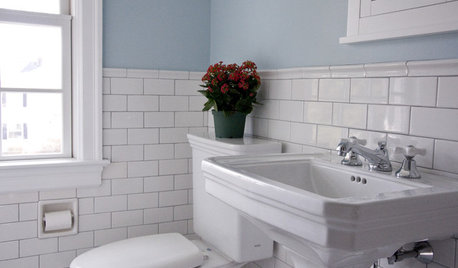
BATHROOM DESIGNRoom of the Day: Renovation Retains a 1920s Bath’s Vintage Charm
A ceiling leak spurs this family to stop patching and go for the gut
Full Story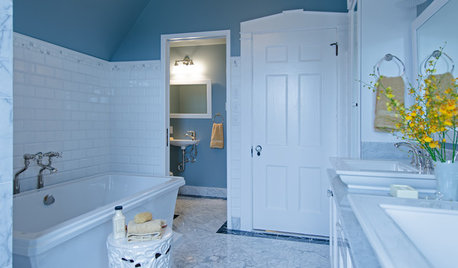
BEFORE AND AFTERSA Seattle Family Bathroom Gains Privacy and Polish
Too much togetherness, along with a major leak, leads to a full gut renovation of a 1908 bath
Full Story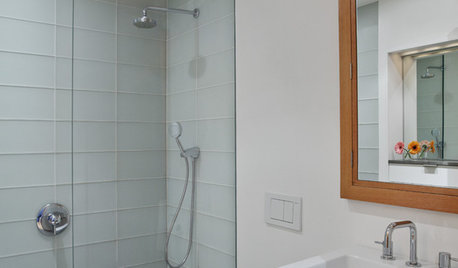
BATHROOM DESIGNConvert Your Tub Space to a Shower — the Planning Phase
Step 1 in swapping your tub for a sleek new shower: Get all the remodel details down on paper
Full Story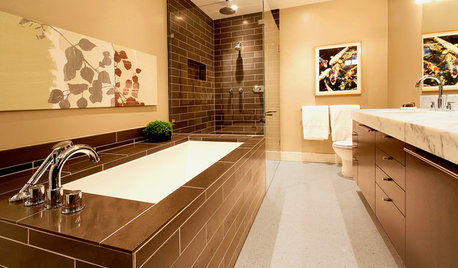
BATHROOM DESIGNDesigner Trick: Take Your Shower Tile to the Ceiling
Tile the whole wall in your shower to give your bath a light and lofty feel
Full Story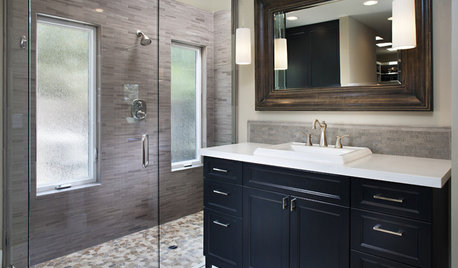
BATHROOM DESIGNWhat to Use for the Shower Floor
Feeling Good Underfoot: Shower Tiles, Mosaics, Teak Slats and Pebbles
Full Story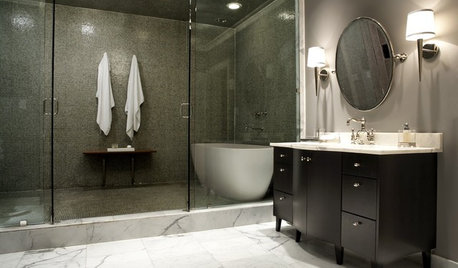
BATHROOM DESIGNHow to Choose Tile for a Steam Shower
In steamy quarters, tile needs to stand up to all that water and vapor in style. Here's how to get it right the first time
Full Story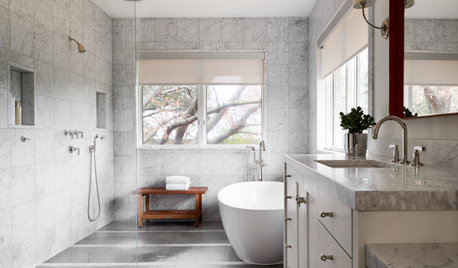
BATHROOM DESIGNDoorless Showers Open a World of Possibilities
Universal design and an open bathroom feel are just two benefits. Here’s how to make the most of these design darlings
Full Story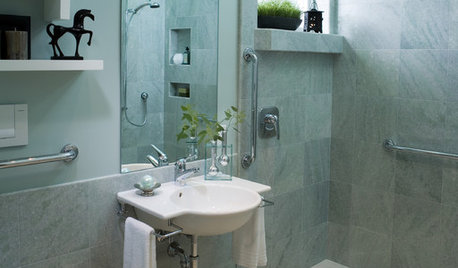
BATHROOM DESIGNHow to Design an Accessible Shower
Make aging in place safer and easier with universal design features in the shower and bathroom
Full Story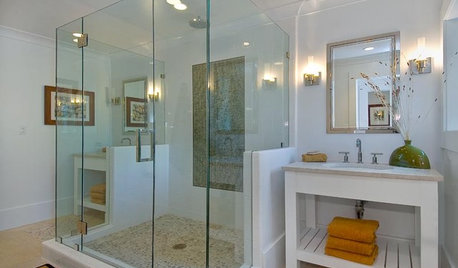
BATHROOM DESIGNExpert Talk: Frameless Showers Get Show of Support
Professional designers explain how frameless shower doors boosted the look or function of 12 bathrooms
Full Story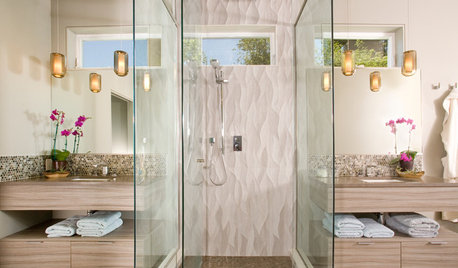
BATHROOM DESIGN8 Stunning and Soothing Shower Designs
Step into these brave bathroom designs, from Roman inspired to supermodern, and let the ideas wash over you
Full StorySponsored
Central Ohio's Trusted Home Remodeler Specializing in Kitchens & Baths
More Discussions






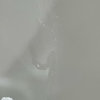
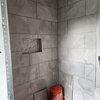

Avanti Tile & Stone / Stonetech
LateshaOriginal Author
Related Professionals
Allouez Kitchen & Bathroom Remodelers · Pinellas Park Kitchen & Bathroom Remodelers · Saint Helens Kitchen & Bathroom Remodelers · Wilson Kitchen & Bathroom Remodelers · Des Plaines Glass & Shower Door Dealers · Hialeah Glass & Shower Door Dealers · Homestead Glass & Shower Door Dealers · Houston Glass & Shower Door Dealers · Miami Glass & Shower Door Dealers · Paradise Valley Glass & Shower Door Dealers · Niles Glass & Shower Door Dealers · Red Bank Cabinets & Cabinetry · South Riding Cabinets & Cabinetry · Tinton Falls Cabinets & Cabinetry · Lodi Window Treatmentskirkhall
MongoCT
Avanti Tile & Stone / Stonetech